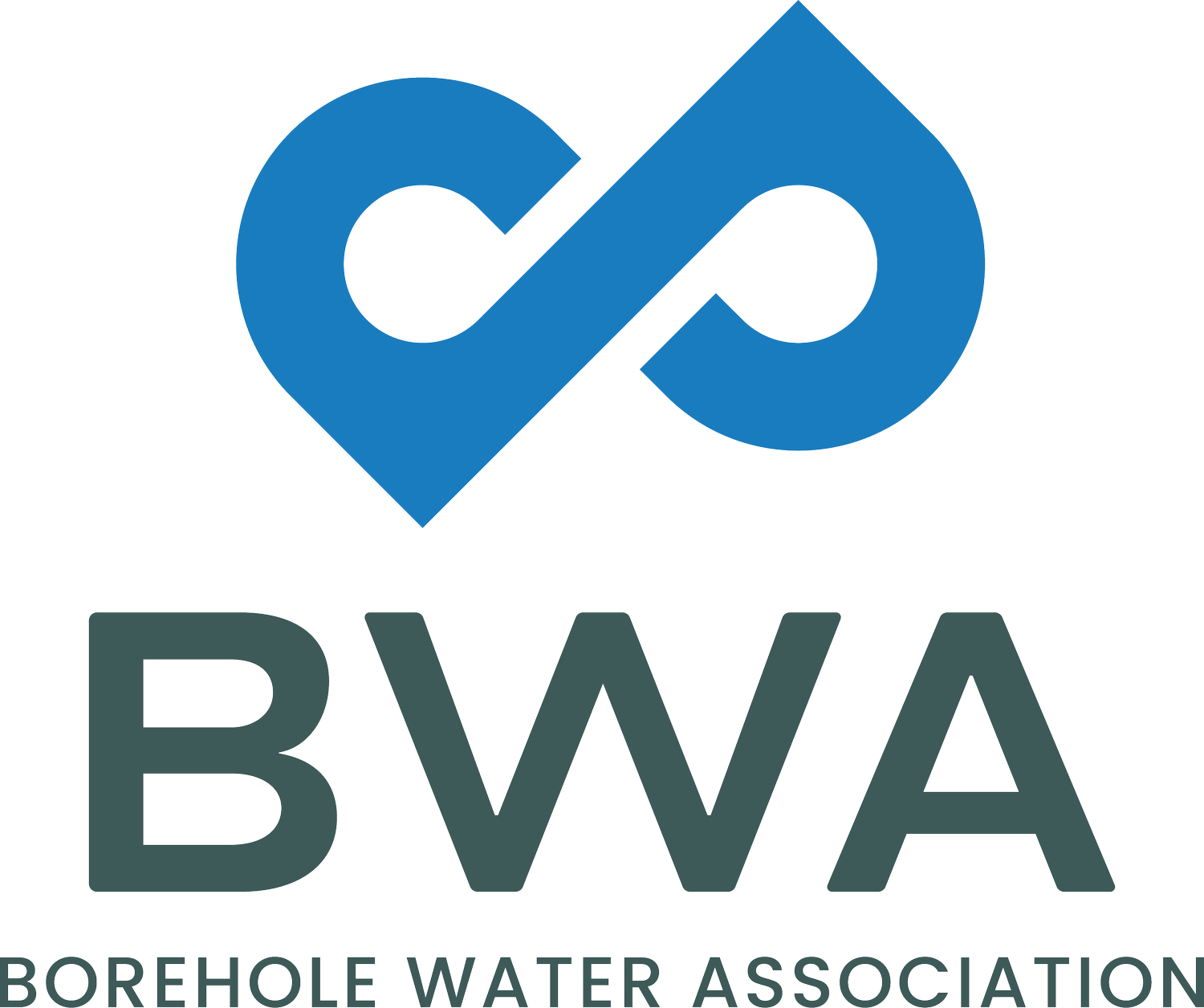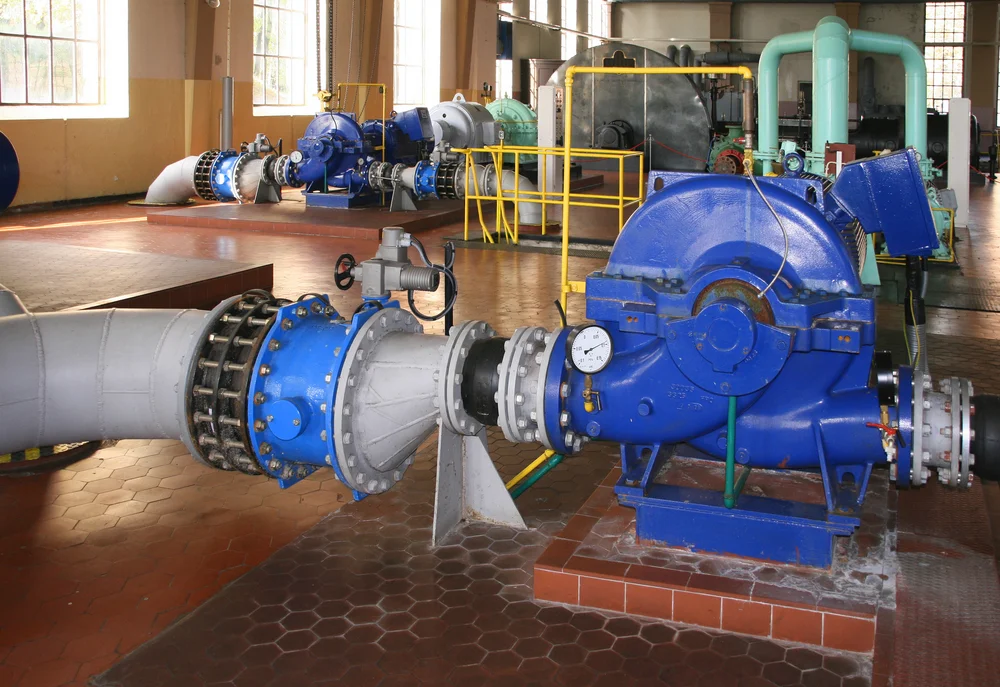Drilling a borehole? Here's a step-by-step guide to what you can expect and how you can prepare
/John Tonkin
Why do you need water? To irrigate your garden and top up the swimming pool? To provide household water to a small rural community or farm household? Or maybe even to service a multi-hectare irrigation scheme. Whatever your requirements are, nothing beats a source of cost-effective water right where it’s needed. And in most cases, that solution is a borehole.
But drilling a borehole requires some research and planning. And at the Borehole Water Association (BWA), we get many calls from end-users asking us for help on how to go about drilling a borehole. So in this article, we want to answer some of the most common questions we get asked. We trust that the answers will help to make the borehole drilling process as smooth as possible for you and that they’ll help you to get the best return on your investment.
How do I make sure I don’t get ripped off?
The first way you can ensure that you don’t get “ripped off” is to get educated about the borehole drilling process, and by reading this article you’re already doing that!
Next, it’s important to deal with a reputable contractor who either uses a contract document detailing clear deliverables, or gives a detailed quotation of the work to be done with delivery times and costs. The BWA Standard Form of Contract is available on request. In this way, both you and the contractor will be clear on your responsibilities and expectations. This means that any misunderstandings can be cleared up before work commences, and later if either party does not fulfil their responsibilities, there will be the opportunity for recourse. Contractors set their own rates, so it is advisable to get a few quotes before making your choice. Make sure you are comparing apples with apples and don’t just accept the cheapest quote!
The drilling contractor will offer to drill a borehole to a certain standard. One such standard is contained in SANS 10299 – 4:2003.
Do I need to register my borehole?
Some municipalities have bylaws requiring the registration of boreholes so it is important to contact your local municipal authority to clarify the matter.
You should also visit the Department of Water Affairs and Sanitation’s groundwater page on the DWS website which provides valuable information on groundwater. The Frequently Asked Questions link gives the following information in answer to the question: ‘I have a borehole in my garden. Must I register the borehole?
The answer provided by DWS is as follows:
‘The answer is twofold: i) One does not register a borehole but a water use – whether the source is surface- or groundwater; ii) No registration is required as this type (watering a garden) of groundwater use as it falls under Schedule 1-uses. Some municipalities however, have bylaws requiring the registration of boreholes. Please contact your local municipal authority to clarify the matter.’
For more information on The Water Act, click here. (Schedule 1 is on page 77 of 101.)
Where should I drill the borehole?
Can the drill site be accessed by the drilling rig? Most residential stands are ringed by palisade fencing or brick walls. Just getting a 25 tonne drill rig onto the property can be difficult to say the least. In quite a few cases there are two choices, the start of the driveway, or the middle of the driveway! In industrial properties and farms the choice becomes a lot easier, because access is easier.
So keep in mind that you may need to do some deconstruction work to allow the drill rig to access your property, and then once the borehole has been drilled, some building work may be required to restore the area. This will not be included in the drilling costs. While this is a hassle, the reality is that borehole drilling will involve some mess, and so it’s better to plan for it than to get a nasty surprise. Discuss this with the drilling contractor and make sure that they can offer a solution that is both practical for your property while still giving the borehole the best chance of success.
Where is the most likely place to intersect a reliable aquifer?
Start with some basic research. Are there producing boreholes close to you? If there are, this is a good sign, but it is not a guarantee that you will be assured of water. You can also talk to a BWA driller that operates in your area to get an idea of how many boreholes they’ve drilled in your area and how much water these boreholes are yielding.
Given that this is a significant investment, you may wish to use the services of a hydrogeologist before you start drilling. A hydrogeologist can carry out a survey of your property in order to pinpoint the spot which offers the best chance of intersecting strong water flows. To do this, they would make use of published data (e.g. groundwater maps) and in some cases, geophysical instruments. In the right conditions, these methods have a very good level of success.
What if the driller does not find water?
Your agreement with the driller will be to drill a hole in the ground, with the possibility of tapping into a sustainable source of water. If good siting procedures have been followed and in the unlikely event that the hole was found to be “dry”, you will still be required to pay the contractor for the drilling. In the event that the hole is not viable, you will not be required to pay for any materials and equipment that would be required for a complete installation, namely the pump, piping and electrics. These items are a function of the amount of water available or required and can only be selected once a test has been done on the yield potential of the hole. Essentially, no water means no pump and related equipment is necessary. Make sure that this is clearly stated in the contract.
We’ve hit water! Now what?
If a water source is intersected, it is possible to get an idea of whether or not it is viable to continue with the development of the hole. Most drillers offer yield testing services, but this may be done by a separate contractor.
After flushing all the loose cuttings and material out of the hole, the next step is to install a test pump and measure how much water can be sustainably pumped for an acceptable amount of drawdown in water level. Briefly, a yield test is done by pumping a measured flow rate from the hole while monitoring the drawdown in water level. This will be done over a defined period of time. While a genuine yield test brings with it extra costs, the money is worth every cent.
What kind of borehole pump will I need?
You may wish to have a second contractor select and install a pump and ancillary equipment or your driller may be in a position to offer a turnkey service.
Pumps fit into three categories: too big, too small or just the right size for the job. Good selection and years of trouble-free operation starts with reliable borehole data gathered from the yield test. Be careful of “this month’s special, a 0,75kW pump for only….”. Chances are, it’s totally unsuited for your application.
Get your contractor to explain the capabilities of the pump and the controls and protection devices they have installed. An informed end user will be able to recognise the first signs of potential problems and call in qualified help before things get too expensive.
The electrical side of the installation MUST be done by a qualified electrician who is trained or well-experienced with groundwater installations. Your borehole is an integral part of the electrical system of the property and must form part of the Certificate of Compliance (CoC).
How should I care for my borehole?
As with anything else, with the ability to access groundwater comes the responsibility to care for the resource for all other users and for generations to come:
Pollution
The top of the borehole should be finished off. You should also take basic care around the hole so as not to let any run-off, pesticides or other pollutants enter the hole. Should the water in your borehole become polluted, the process of cleaning the aquifer up is a huge and expensive task. Sources of pollutants include fertilisers and hydrocarbons (petrol, diesel, engine oil).
Water conservation
Irrigate in the later part of the afternoon in order to reduce losses due to evaporation. Even though you can now access “free” water, use it sparingly. Water running out of a garden and down a storm water drain is wasteful, and it adds to the cost of operating the borehole, for no return.
Water only when necessary. Automatic irrigation systems can be very useful, but you’ll need to keep adjusting the settings based on the season and the level of rainfall you’ve had. Don’t let the system run if it is raining and consider adding a rain sensor or a soil moisture sensor to your irrigation system to prevent unnecessary watering.
What sort of lifespan can be expected?
If all the boxes have been ticked, a 20-year life for the major components can be expected. The water in the aquifer might fluctuate with the seasons (groundwater relies on rainfall) but properly managed, the resource should be there when your great grandchildren need water!
So, is a borehole a good investment?
Owning a borehole will add significant value to your property and over a period of time it will represent a good investment. This assumes that the installation has been done by professionals and it has been operated with due care.





